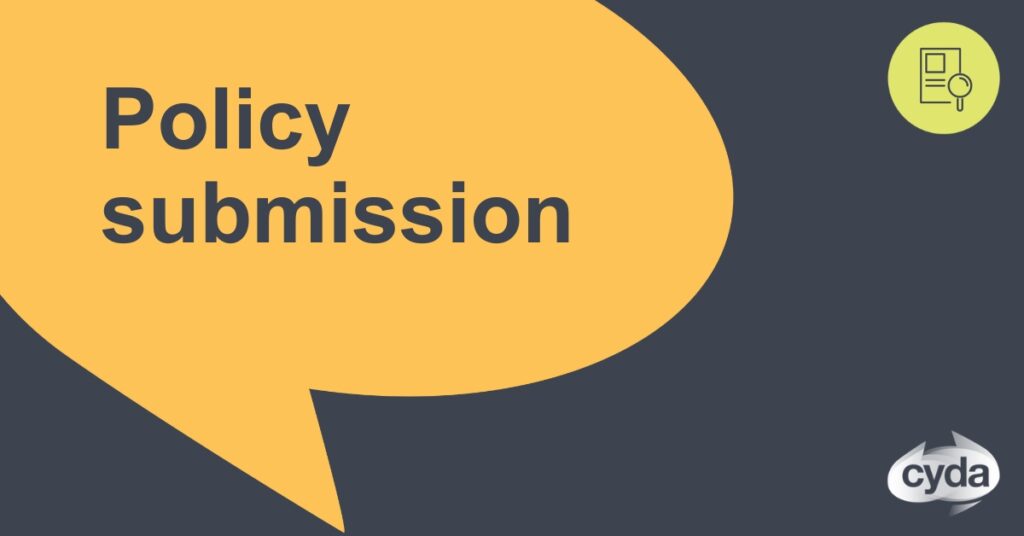Children with Disability Australia views the National Disability Strategy (the Strategy) as integral to progressing disability reform in Australia. It is seen as a ‘roadmap’ for action to guide collaborative practice from all levels of government and in turn the wider community to support people with disability “to maximise their potential and participate as equal citizens in Australian society” . The identified six policy areas are seen as appropriate key focus areas for action.


